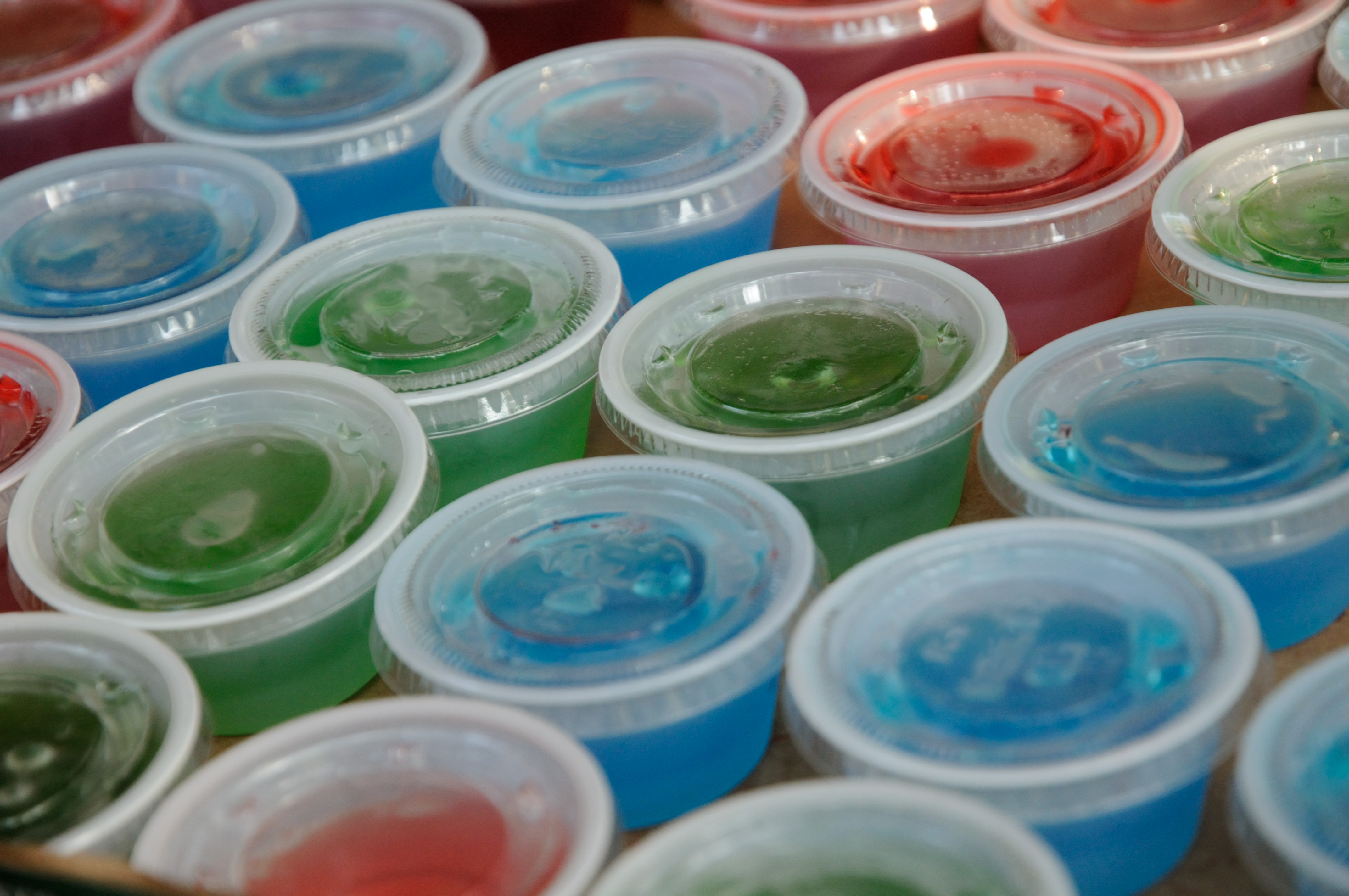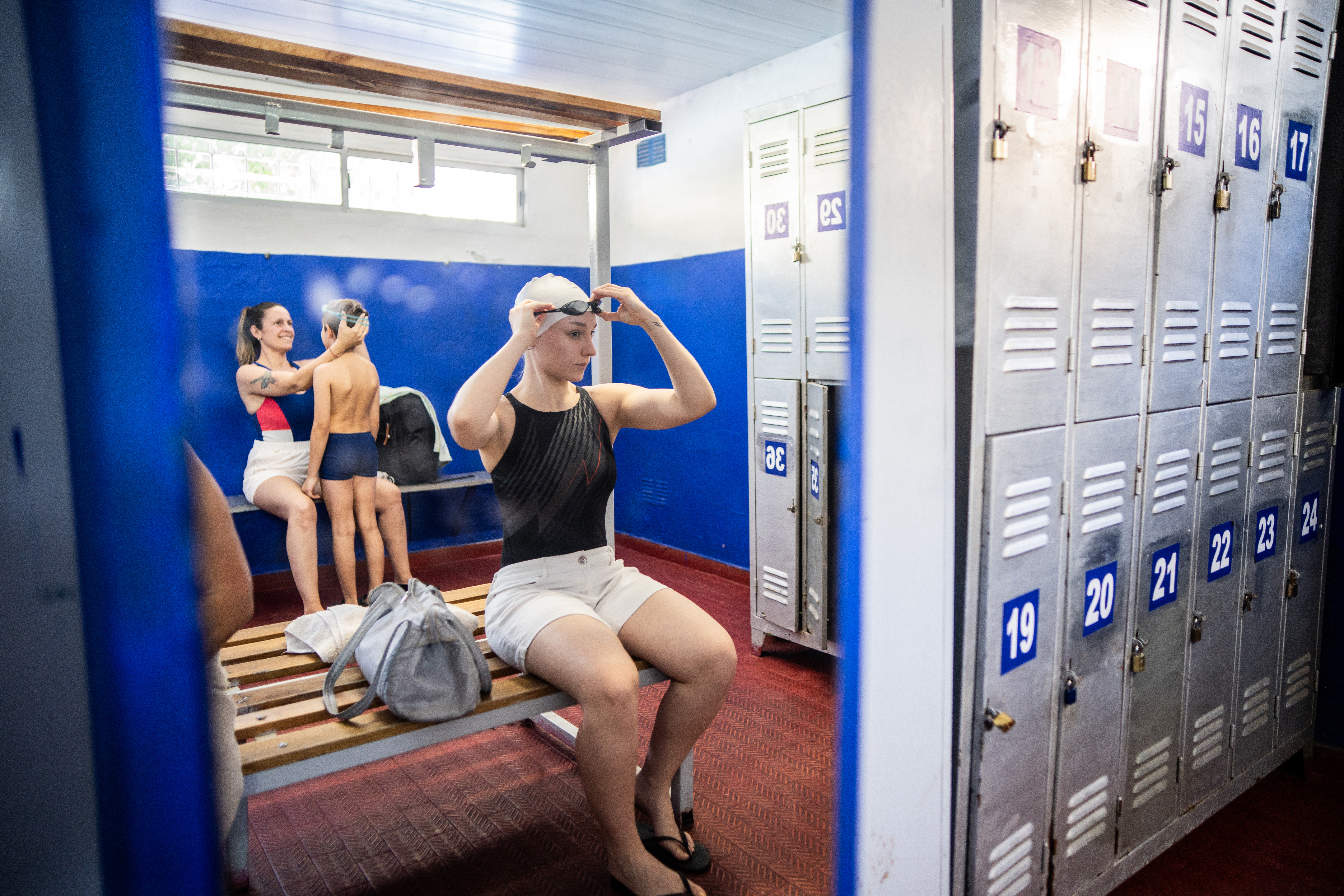Texas Mom's Jell-O Shot Blunder: 5 Lessons Learned
Jell-O Shot Showdown: Texas Mom Arrested After Elementary School Party
Introduction: A Party Gone Wrong
Imagine this: a fifth-grade Christmas party, filled with laughter, holiday cheer, and…Jell-O shots? In a bizarre turn of events, that’s precisely what allegedly happened at Jones Elementary School in Tyler, Texas. A Texas mother is now facing serious consequences after bringing alcoholic Jell-O shots to her child’s classroom party. This wasn't your typical school bake sale gone awry; this was a recipe for disaster, landing one mom behind bars and leaving several children feeling unwell. What exactly led to this shocking incident, and what are the potential repercussions? Let’s dive into the details.
The Arrest: Teresa Bernal Faces Charges
Teresa Isabel Bernal, 33, has been charged with injury to a child in connection with the December 20th incident. This is a serious charge, reflecting the potential harm that was caused to the students involved. The arrest affidavit paints a picture of a well-intentioned, yet incredibly misguided, attempt to contribute to the school party. But good intentions don't always excuse actions, especially when they involve the safety and well-being of children.
The Source: A Facebook Purchase Gone Sour
Where did these Jell-O shots come from, you ask? According to the arrest affidavit, Bernal purchased them from a home business she found on Facebook. Ah, the internet – a treasure trove of goods, but also a breeding ground for potential problems. This highlights the importance of verifying the legitimacy and safety of products, especially when they are intended for consumption by children. Should social media platforms bear some responsibility for the products sold on their sites?
The Risks of Unregulated Online Purchases
Buying from unknown sources online can be a gamble. You never really know what you're getting. Is it safe? Is it what it claims to be? In this case, the risks were apparently much greater than a simple bad review.
The Scene: Jell-O Shots Amongst the Treats
Imagine the scene: a cafeteria filled with fifth-graders, excitedly gathering around a table laden with holiday treats. Among the cookies and cupcakes, these colorful Jell-O shots were laid out, seemingly innocent, yet potentially dangerous. It's a stark reminder that appearances can be deceiving, and careful supervision is crucial in environments where children are present.
The Impact: Children Reporting Illness
The consequences were immediate and concerning. Fifteen students consumed the Jell-O shots, and nearly all reported feeling unwell, experiencing stomach aches and headaches. This incident serves as a powerful reminder of the vulnerability of children and the importance of responsible adult behavior. One student even vomited twice at school, while another reportedly "passed out" after consuming the Jell-O shot. These are not minor symptoms; these are signs of significant distress.
Vomiting and Fainting: Signs of Intoxication
Why were kids having these reactions? Likely, it's because their small bodies weren't equipped to process alcohol, even in small amounts. Vomiting and fainting are common symptoms of alcohol intoxication, particularly in children.
The Details: One Student's Dizzying Experience
One student reported having six Jell-O shots and feeling dizzy. Upon returning to his classroom, he "got dizzy and felt like he was going to pass out." This is a clear indication of the effect the alcohol was having on his system. It's terrifying to think of a child experiencing such symptoms at school.
The Law: Injury to a Child
The charge of "injury to a child" is a serious one in Texas. It's defined as intentionally, knowingly, recklessly, or with criminal negligence causing bodily injury to a child. Depending on the severity of the injury, the penalties can range from fines to significant prison time. This case underscores the potential legal ramifications of actions that endanger the well-being of minors.
The School's Response: Investigation Underway
What is the school doing about all of this? An investigation is likely underway to determine how the Jell-O shots made their way into the classroom and to ensure that such an incident doesn't happen again. Schools have a responsibility to provide a safe and secure environment for their students. This incident raises questions about security protocols and the need for increased vigilance.
The Community's Reaction: Shock and Disbelief
You can imagine the community's reaction: shock, disbelief, and perhaps even outrage. Parents entrust their children to the care of the school, and incidents like this can erode that trust. It’s a reminder that trust is earned and can be easily broken.
The Broader Context: Alcohol and Children
This incident highlights the dangers of exposing children to alcohol. Even small amounts of alcohol can have significant and harmful effects on a child's developing brain and body. It's crucial for adults to understand the risks and to take precautions to protect children from exposure to alcohol.
The Long-Term Effects of Early Alcohol Exposure
While a single incident like this might not cause permanent damage, repeated or excessive exposure to alcohol during childhood can lead to long-term health problems, including liver damage, brain damage, and an increased risk of alcohol dependence later in life.
The Lessons Learned: Vigilance and Responsibility
What can we learn from this unfortunate incident? First and foremost, it underscores the importance of vigilance and responsibility. Adults must be aware of the potential dangers of exposing children to alcohol and must take steps to prevent it. This isn’t just about Jell-O shots; it’s about creating a culture of safety and responsibility in our communities.
The Legal Defense: What Could Bernal Argue?
What might Bernal's defense be? It's possible she didn't realize the Jell-O shots contained alcohol or that she underestimated the potential impact on children. However, ignorance is rarely a valid defense in the eyes of the law. The prosecution will likely argue that she had a responsibility to know what she was providing to children, regardless of her intentions.
The Future: Prevention and Awareness
Moving forward, it’s crucial to raise awareness about the dangers of alcohol exposure to children and to implement preventative measures in schools and communities. This might include stricter policies regarding food and beverages brought to school events, as well as increased education for parents and caregivers.
The Emotional Toll: Trauma for the Children
Beyond the physical symptoms, the children involved may also experience emotional trauma. Feeling sick, dizzy, or even passing out at school can be a frightening experience. It's important to provide these children with the support and resources they need to process their emotions and recover from this incident.
Conclusion: A Cautionary Tale
The story of the Texas mother arrested after bringing Jell-O shots to a fifth-grade classroom party is a cautionary tale about the importance of responsibility, vigilance, and the potential dangers of alcohol exposure to children. This incident highlights the need for greater awareness, stricter policies, and a collective commitment to protecting the well-being of our children. It serves as a stark reminder that even seemingly innocent actions can have serious consequences, and that the safety of our children must always be our top priority. It also emphasizes the potential dangers of unregulated online purchases and the need for caution when buying products from unknown sources.
Frequently Asked Questions
Here are some frequently asked questions about this unusual case:
- What is "injury to a child" in Texas? It's a legal term that covers a range of actions that cause harm to a minor, either intentionally or through negligence. The specific penalties depend on the severity of the injury.
- How much alcohol was in the Jell-O shots? The arrest affidavit doesn't specify the alcohol content. However, even small amounts of alcohol can affect children.
- Will the school face any consequences? An investigation is likely underway to determine if the school's policies were followed and if any negligence contributed to the incident.
- What can parents do to prevent similar incidents? Parents should be vigilant about what their children are consuming at school events and should communicate with school officials about any concerns they have.
- What resources are available for children who have experienced alcohol exposure? Medical professionals and therapists can provide support and guidance to children who have been exposed to alcohol.



